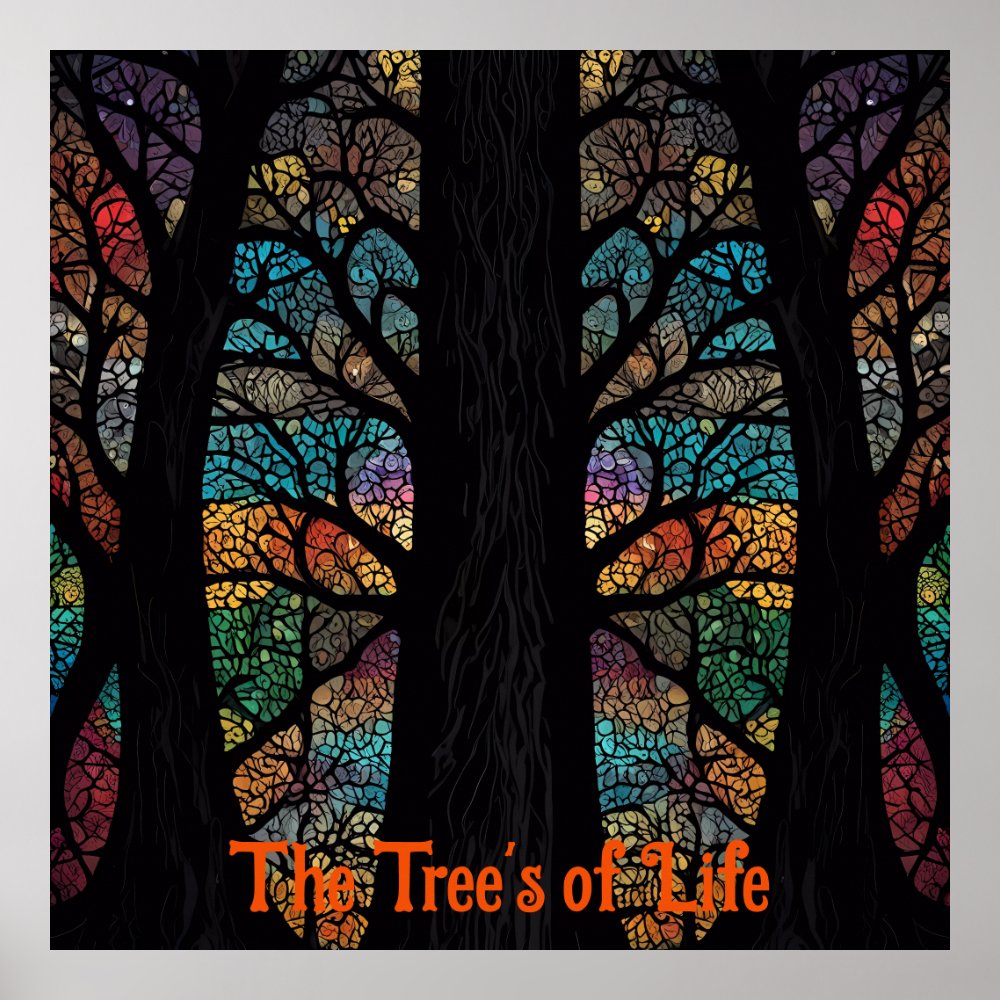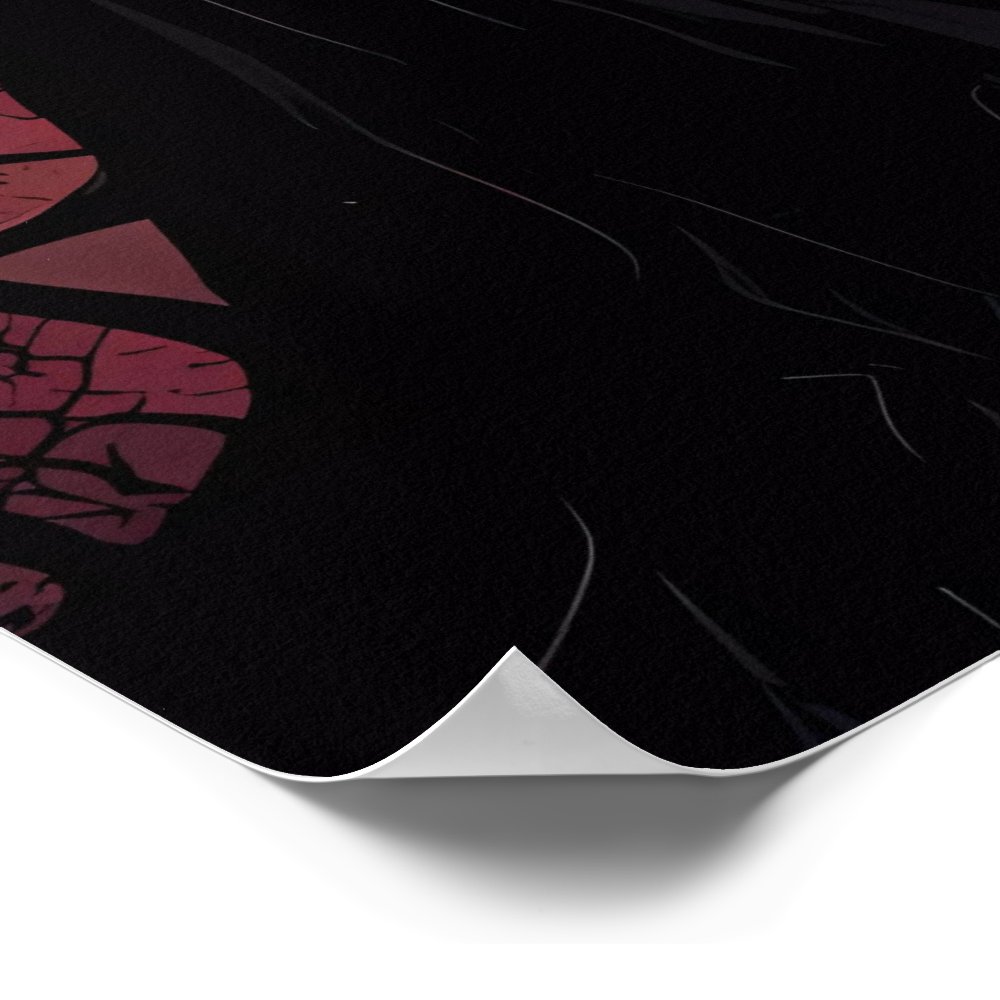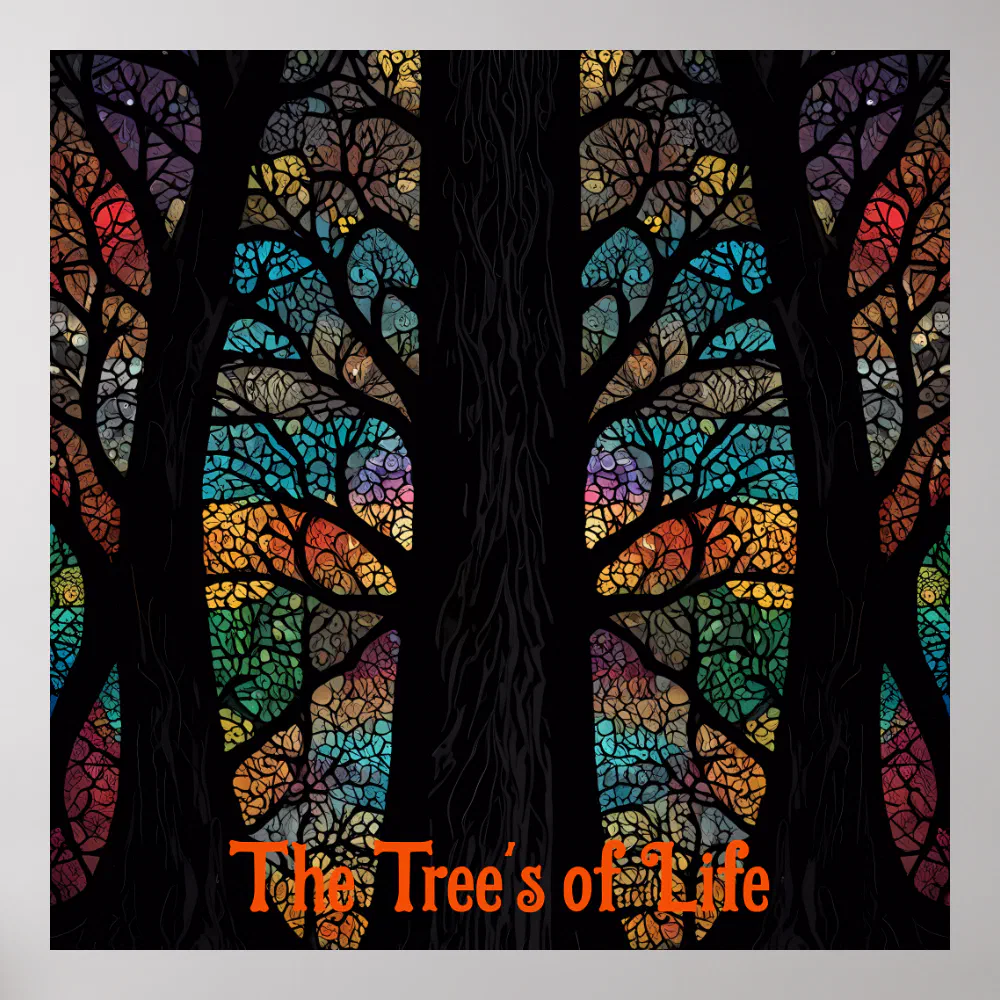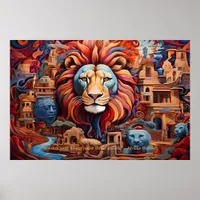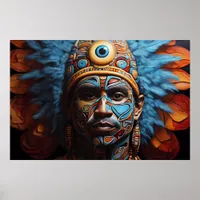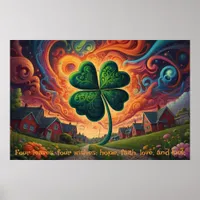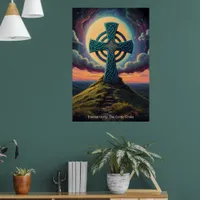The Tree of Life Poster
Keyboardor Enter for slideshow
(Escape to close)
The Tree of Life Poster
Share
Share to undefined
This site doesn't allow you to add a textual message.
Social media post image preview
Quick help
The Tree of Life is a symbolic representation found in various cultures, religions, and philosophies throughout history, often embodying themes of interconnectedness, growth, and continuity. Despite the differences in context, the concept consistently conveys deep meanings about existence, the universe, and the relationships between all forms of life.
- Religious Symbolism Christianity and Judaism: In the Bible, the Tree of Life is found in the Garden of Eden, symbolizing eternal life and God's divine plan. It represents immortality and the eternal connection between God and humanity. Kabbalah: In Jewish mysticism, the Tree of Life represents the ten interconnected spiritual realms or Sefirot, which explain the structure of the universe and the pathway to divine understanding. Islam: Known as the Tree of Immortality, it is a tree in the Garden of Eden mentioned in the Quran, often symbolizing eternal life, wisdom, and divine sustenance.
- Celtic Tradition In Celtic mythology, the Tree of Life, or Crann Bethadh, represents harmony and balance. It is viewed as a bridge between heaven, earth, and the underworld, with roots connecting to the past and branches reaching toward the future. Each part of the tree symbolizes different elements of existence.
- Ancient Cultures Mesopotamian and Assyrian cultures: The Tree of Life was a divine symbol of life and fertility. It was often associated with kingship and power, as rulers were depicted standing next to the tree to receive divine authority. Egyptian Mythology: The Tree of Life appears in Egyptian texts as a sacred sycamore, symbolizing life, death, and resurrection. The gods were said to emerge from it.
- Eastern Traditions Buddhism: The Bodhi Tree, under which the Buddha attained enlightenment, can be seen as a type of Tree of Life. It symbolizes enlightenment, spiritual growth, and the interconnectedness of all life. Hinduism: The Tree of Life appears in many forms, often linked to the cosmic tree that supports the universe and connects the heavens and earth. The sacred Ashvattha (fig tree) represents the eternal cycle of life, death, and rebirth.
- Modern Symbolism and Science Biology: In evolutionary biology, the Tree of Life is used to illustrate the evolutionary connections among all living species on Earth, showing how they diverge from common ancestors over time. Personal Growth: The Tree of Life is also commonly used in modern self-help and psychological contexts as a metaphor for personal development, resilience, and interconnectedness of life experiences. Common Themes: Interconnectedness: The Tree of Life often symbolizes the interconnectedness of all life forms, suggesting that all living beings are part of a unified system. Growth and Evolution: As a living organism, trees grow, age, and change, symbolizing personal and spiritual development, as well as the natural cycles of life. Immortality and Eternal Life: Trees live long lives, regenerate, and produce seeds, making them symbols of eternal life, rebirth, and the continuity of existence across generations. This concept, whether spiritual, scientific, or philosophical, embodies the unity and vitality of all living things, the cycle of life, and the quest for understanding the meaning of existence.
Quick help
9/13/2024
tree of life, spiritual growth symbol, interconnectedness of nature, eternal life icon, sacred tree design, ancient wisdom symbol, cosmic unity emblem, nature-inspired artwork, universal connection symbol, personal growth metaphor


